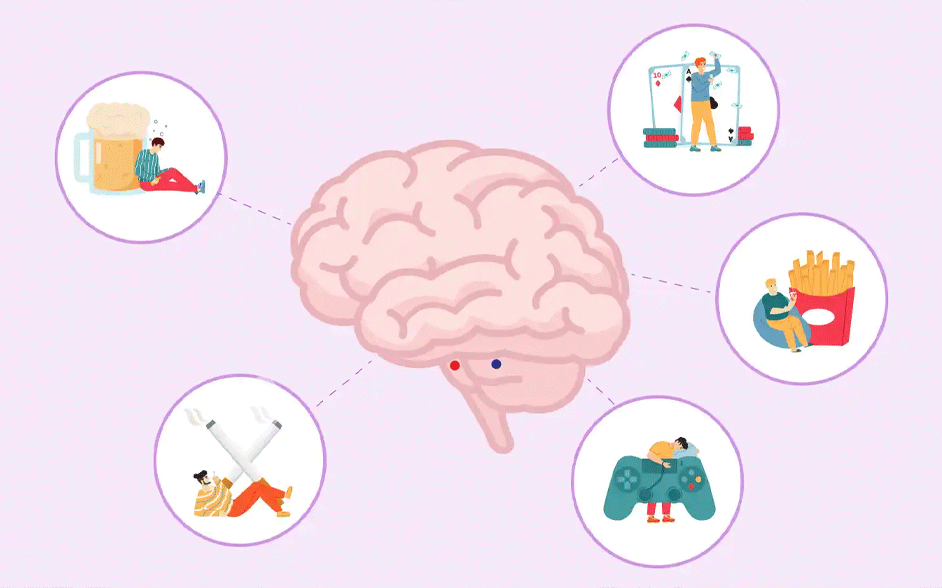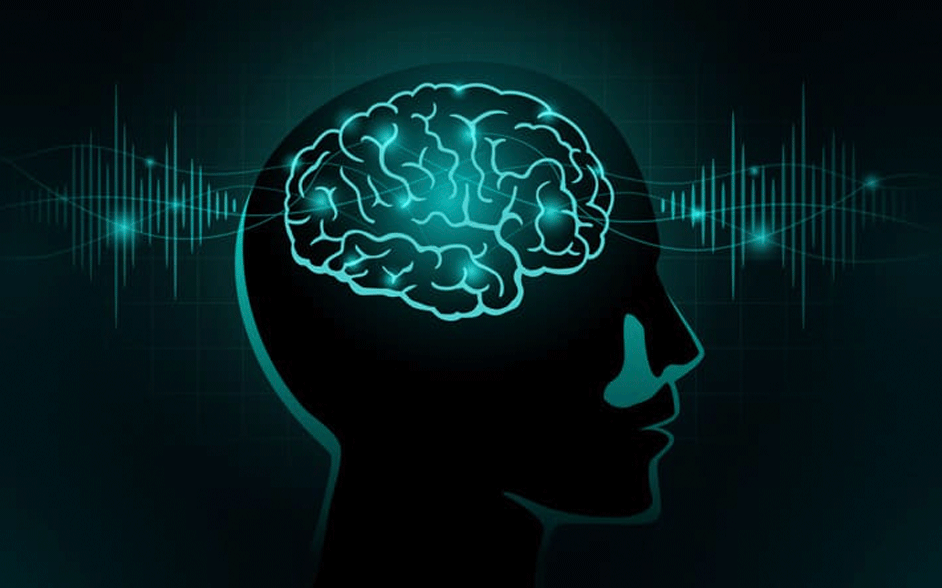Addiction is a complex and multifaceted condition that affects millions of people worldwide. At its core, addiction is driven by changes in the brain’s reward system, which is heavily influenced by neurotransmitters. These chemical messengers play a crucial role in regulating mood, emotion, and behavior. Understanding how neurotransmitters contribute to addiction can provide valuable insights into prevention and treatment strategies.
The brain’s reward system is designed to reinforce behaviors that are essential for survival, such as eating, drinking, and social interactions. When we engage in these activities, the brain releases neurotransmitters that create feelings of pleasure and satisfaction. This reward circuitry involves several brain regions, including the nucleus accumbens, prefrontal cortex, and the ventral tegmental area (VTA).
Dopamine is the primary neurotransmitter associated with the brain’s reward system. It is often referred to as the “feel-good” neurotransmitter because of its role in producing pleasurable sensations. When we experience something rewarding, dopamine levels surge, reinforcing the behavior and encouraging repetition.
Addictive substances and behaviors hijack this natural reward system by artificially stimulating dopamine release. Drugs like cocaine, heroin, and methamphetamine cause an immediate and intense increase in dopamine levels, far surpassing what the brain experiences with natural rewards. This flood of dopamine produces a powerful sense of euphoria, which the brain quickly learns to associate with the substance or activity.
Over time, the brain’s reward system becomes less responsive to natural rewards and more reliant on the addictive substance to release dopamine. This phenomenon, known as tolerance, means that individuals need to consume more of the substance to achieve the same pleasurable effect. Additionally, the brain’s ability to produce dopamine naturally is diminished, leading to feelings of depression and anhedonia (inability to feel pleasure) when not using the substance.
“Substances of abuse dysregulated key brain systems involved in motivation, reward, decision-making and memory. As drug use evolves into a compulsive addiction, there are adaptations in these systems, mediated by a number of different neurotransmitters. The mesolimbic dopaminergic pathway plays a central role in the pleasurable and positive reinforcing effects of drugs. As an individual becomes addicted, there is a shift away from this positive reinforcement to the compulsive, habitual drug-seeking behaviors driven, for example, by cravings or withdrawal symptoms. Although the potential for addiction is common with all drugs of abuse, the underlying mechanisms, neurotransmission systems and adaptations vary between drugs.” [1]

While dopamine is a central player in addiction, other neurotransmitters also contribute to the development and maintenance of addictive behaviors.
Glutamate is the brain’s primary excitatory neurotransmitter and plays a significant role in learning and memory. In addition, glutamate helps strengthen the associations between the addictive substance and environmental cues. These conditioned cues can trigger intense cravings and relapse even after long periods of abstinence.
GABA is the main inhibitory neurotransmitter in the brain, which helps regulate neural activity and prevent overexcitement. Many addictive substances, such as alcohol and benzodiazepines, enhance GABA’s inhibitory effects, leading to sedative and calming effects. However, chronic use can disrupt the balance between excitatory and inhibitory signals, contributing to dependence and withdrawal symptoms.
“Metabotropic GABAB receptors (GABABRs) mediate slow inhibition and modulate synaptic plasticity throughout the brain. Dysfunction of GABABRs has been associated with psychiatric illnesses and addiction. Drugs of abuse alter GABAB receptor (GABABR) signaling in multiple brain regions, which partly contributes to the development of drug addiction. Recently, GABABR ligands and positive allosteric modulators (PAMs) have been shown to attenuate the initial rewarding effect of addictive substances, inhibit seeking and taking of these drugs, and in some cases, ameliorate drug withdrawal symptoms. The majority of the anti-addiction effects seen with GABABR modulation can be localized to ventral tegmental area (VTA) dopamine neurons, which receive complex inhibitory and excitatory inputs that are modified by drugs of abuse.” [2]
Serotonin is involved in mood regulation, sleep, and appetite. Drugs like MDMA (ecstasy) and certain hallucinogens increase serotonin levels, leading to altered perceptions and mood. Chronic use can deplete serotonin levels, contributing to mood disorders and increased risk of addiction.
Endorphins are the body’s natural painkillers and are released in response to stress and pain. Opioids, such as heroin and prescription painkillers, mimic the effects of endorphins by binding to the same receptors in the brain. This not only provides pain relief but also creates a sense of euphoria. Prolonged use of opioids can lead to the brain’s reduced ability to produce endorphins naturally, resulting in dependence and withdrawal symptoms.

As addiction progresses, the brain undergoes neuroadaptive changes to counteract the excessive stimulation caused by addictive substances. These changes include reducing the number of dopamine receptors or producing less dopamine. When the substance is no longer present, these adaptations lead to withdrawal symptoms, which can be both physical and psychological. Symptoms such as anxiety, irritability, nausea, and intense cravings drive individuals to seek out the substance again, perpetuating the cycle of addiction.
Understanding the role of neurotransmitters in addiction has significant implications for treatment. Medications that target specific neurotransmitter systems can help reduce cravings and withdrawal symptoms. For example, medications like methadone and buprenorphine activate opioid receptors without producing the same high, helping individuals with opioid addiction manage withdrawal and reduce cravings.
Behavioral therapies, such as cognitive-behavioral therapy (CBT) and contingency management, also focus on retraining the brain’s reward system and developing healthier coping mechanisms. These therapies aim to reduce the impact of conditioned cues and strengthen the brain’s response to natural rewards.
Neurotransmitters play a critical role in the development and maintenance of addiction and addictive behaviors. Researchers and clinicians can develop more effective prevention and treatment strategies by understanding the complex interplay between these chemical messengers and the brain’s reward system. Addressing the neurobiological underpinnings of addiction is essential for helping individuals break free from the cycle of addiction and achieve long-term recovery.